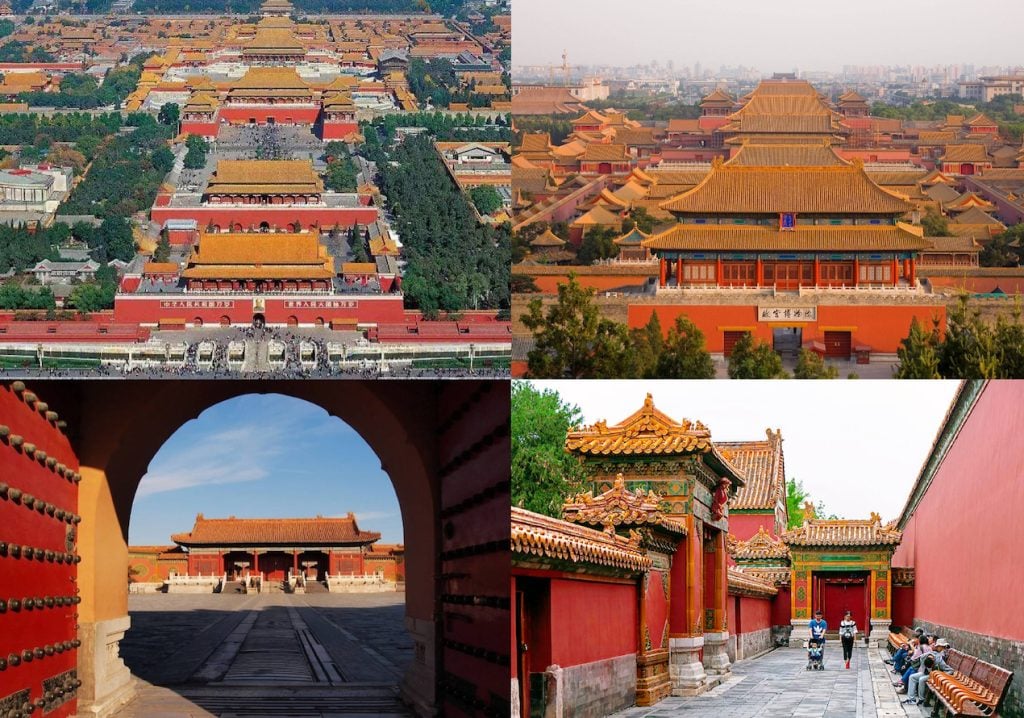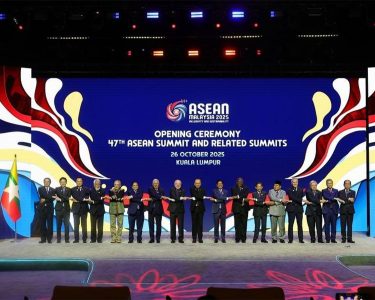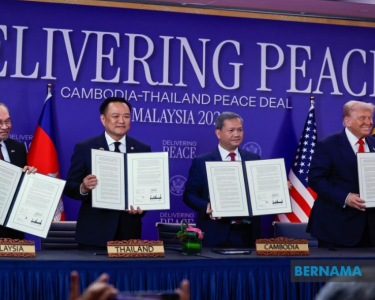UNITED NATIONS, May 21 (NNN-XINHUA) – The Forbidden City, once the seat of Chinese emperors, was honoured on the global stage on Monday, as diplomats, UN officials and cultural leaders gathered at the UN Headquarters to celebrate the centennial of the Palace Museum.
The occasion featured the unveiling of a commemorative UN stamp sheet and the opening of the “Endless Vitality” exhibition, co-hosted by the Palace Museum and the UN Chinese Book Club, with support from the United Nations’ Global Sustainable Development Goals and Leadership Development Centre.
Geng Shuang, charge d’affaires of China’s permanent mission to the United Nations, said that, the newly issued UN Postal Administration stamps, not only mark the 100th anniversary of the Palace Museum, but also showcase “the enduring charm of Chinese culture to the world.”
He emphasised that, just as cultural relics require dedicated restorers, the United Nations, an 80-year-old institution, also needs the world to work together, not just to restore it, but to revitalise it for the new era, “to help it, to make greater contributions to world peace, common development and civilisation exchanges.”
UN Under-Secretary-General for Operational Support, Atul Khare, highlighted the unique and powerful role of museums as “places where culture lives, where stories are told, and where people come together to learn and connect. They preserve our past, help us understand our present, and inspire our future.”
He praised the Palace Museum as “one of the world’s great cultural institutions,” and commended its work in giving Chinese heritage new meaning in today’s world. “Through its exhibitions, research, and international collaborations, the Palace Museum has brought Chinese civilisation into conversation with the world.”
Eliot Minchenberg, director of the UNESCO Liaison Office in New York and UNESCO representative to the United Nations, described the Palace Museum as “a guardian of Chinese heritage” and “a testament to the richness of human experience.”
He noted that, its 1987 inscription on the UNESCO World Heritage List symbolises the long-standing partnership between UNESCO and China.
“The stamps we unveil today (yesterday), should serve not only as symbols of commemoration, but as invitations to celebrate our shared heritage, and to draw strength from our cultural roots as we look ahead together,” he said.
Wang Yuegong, deputy director of the Palace Museum, said that, in recent years, the Palace Museum’s cultural and creative products have embraced sustainable values, including eco-friendly design, intangible heritage protection and rural revitalisation, offering “a unique cultural perspective in support of the UN Sustainable Development Goals.”– NNN-XINHUA






